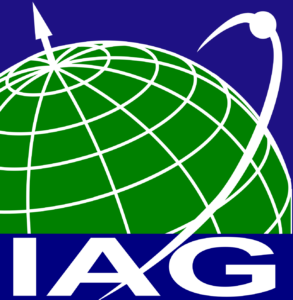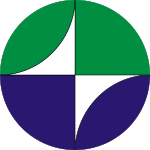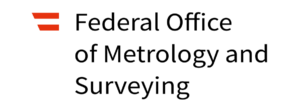Working Groups of Sub-Commission 2.2
JWG 2.2.1: Comprehensive gravity data integration for thesub-cm geoid/quasi-geoid modelling
(joint with IGFS, ISG)
Chair: Ismael Foroughi (Canada)
Vice-Chair: Tao Jiang (China)
Terms of Reference
The evergrowing availability of new types of gravity field observations, including those from land-level surveys (terrestrial, marine, and airborne) and satellite gravity missions, alongside height information, such as DEMs, satellite altimetry and/or spirit levelling data, necessitates their efficient integration for precise (sub-centimetre) regional geoid/quasi-geoid modelling. The variety of gravity field observations, influenced by their positioning in 3-D space, sensor type, or surveying method, underscores the need for a comprehensive investigation in order to reduce the effect of data errors in solving geodetic boundary-value problems. Additionally, computations of topographic corrections to observed gravity data as well as to solved quantities, which are integral to regional gravity field modelling to meet theoretical requirements to form boundary-value conditions and/or interpolate scattered observations, require thorough examination in the context of various data combination. The efficient spectral and/or spatial combination of gravity observation types along with topographic corrections to estimate a sub-centimetre geoid/quasi-geoid is still the open issue and the main goal of this working group.
Objectives
This working group aims to:
- For land-level gravity observation types:
- Develop a cleaning process for terrestrial gravity observations
- Find the optimal combination of scattered marine gravity observations with offshore global gravity models derived from data of satellite altimetry missions
- Investigate various filtering methods to efficiently use both scalar- and vector-valued airborne gravity observations.
- Investigate different combination methods to integrate scalar- and vector-valued gravity observations.
- Study the contribution of satellite-only or combined global gravitational models, for their efficient integration with high-frequency gravity observations provided by land-level sensors.
- Examine how different ways of combining data affect the accuracy of geoid/quasi-geoid models, considering:
- errors caused by interpolating (gridding) terrestrial/marine gravity data
- errors caused by filtering airborne gravity data
- errors originating from global gravitational models (omission and commissionerrors)
- errors in topographic corrections due to errors in DEMs.
- Explore the potential use of GNSS/levelling observations for optimizing thecombination of various types of gravity observations.
- Investigate optimal techniques for evaluation of the full (spatial) or band-limited topographic corrections to each type of gravity observations
- Including the effect of using spatially-varying or mean topographic mass density.
- Investigate the complexity of gravity field observations, and its effect on their interpolation and downward continuation.
- Use a very high degree/order synthetic global gravitational model, e.g., up to 21600, to test different combination techniques, and omission and commission errors.
- Share experimental data and software tools dedicated to gravity data integration and evaluation of topographic corrections on gravity data and computed quasi-/geoid in a repository.
- Investigate the potential benefits of Machine Learning and Artificial Intelligence forgravity data interpolation and integration.
- Provide a comprehensive report on gravity data combination strategies and theirapplications for regional gravity field modelling.
- Present interim and final outcomes at international conferences.
Members
Ismael Foroughi (Canada); Chair
Jack McCubbine (Australia)
Pavel Novák (Czech Republic)
Georgios S. Vergos (Greece)
Robert Kingdon (Canada)
Sten Claessens (Australia)
Riccardo Barzaghi (Italy)
René Forsberg (Denmark)
Mehdi Goli (Iran)
Jonas Ågren (Sweden)
Bihter Erol (Türkiye)
Xiaopeng Li (USA)
Roland Klees (Netherlands)
Ana Crisitina Oliveira Concoro de Matos (Brazil)
Jianliang Huang (Canada)
Vegard Ophaug (Norway)
Gabriel Guimarães (Brazil)
Cornelis Slobbe (Netherlands)
Mirko Reguzzoni (Italy)
Hussein Abd-Elmotaal (Egypt)
Ropesh Goyal (India)
Tao Jiang (China)
Josef Niedermaier(Germany)
Sabah Ramouz (Iran)
Stephen Ferguson (Canada)
Patroba Achola Odera (South Africa)
Matej Varga (Switzerland)
Christian Gerlach (Germany)
Robert Tenzer (China-Hong Kong)



